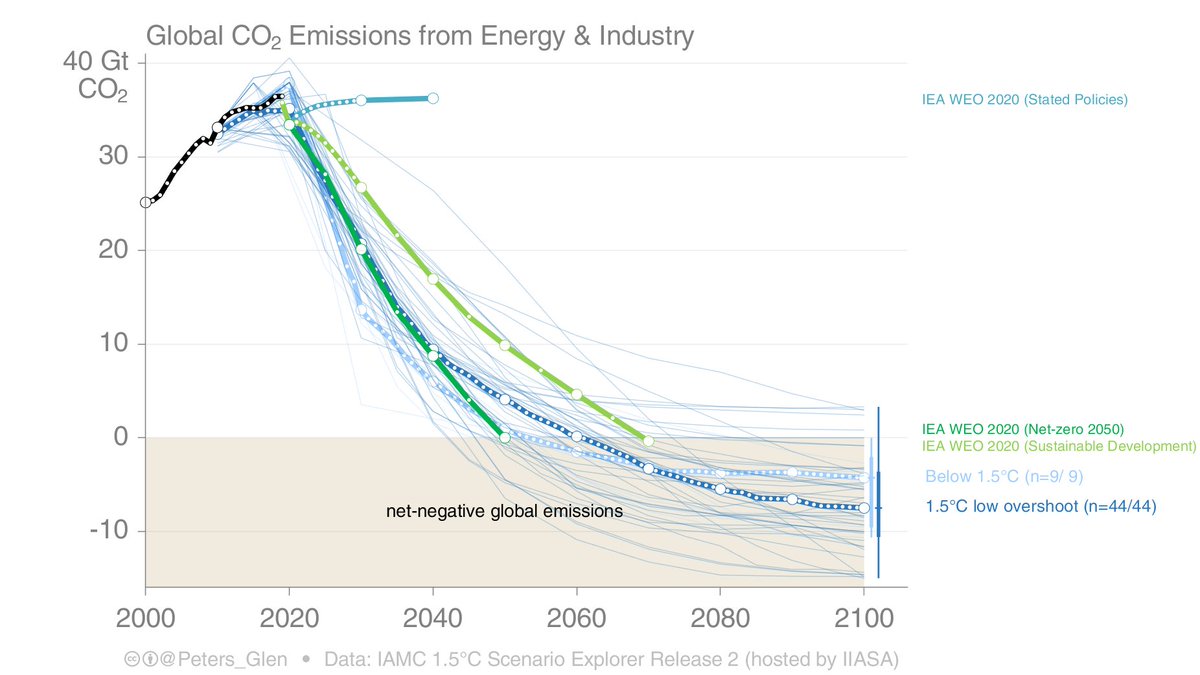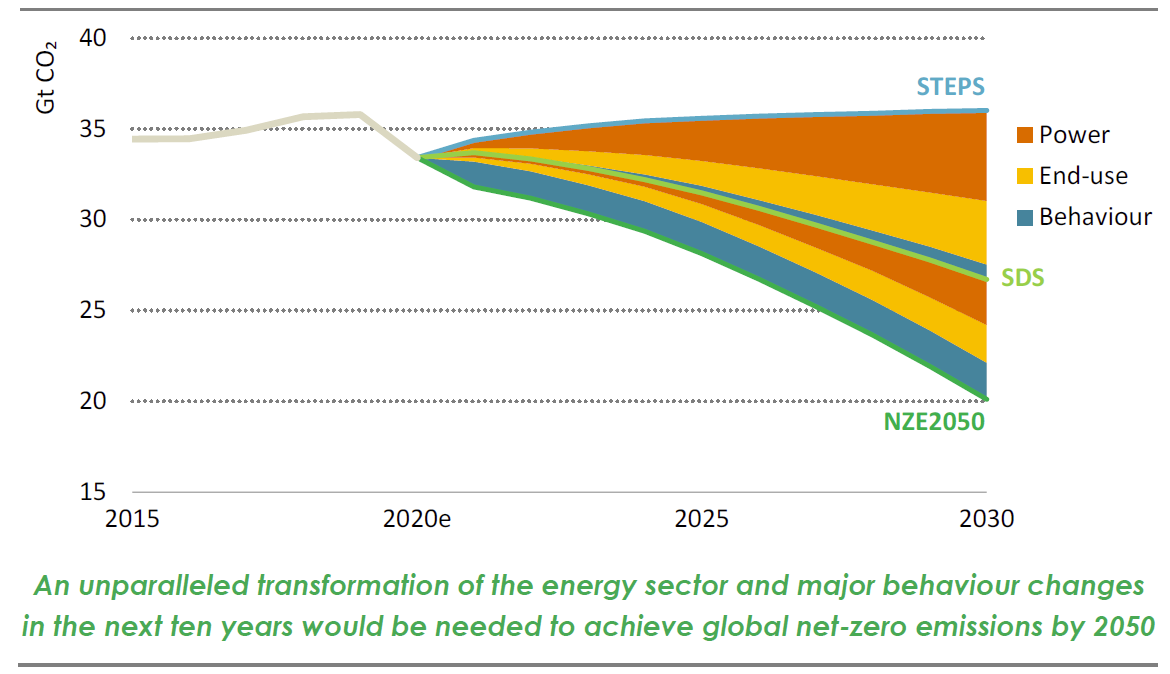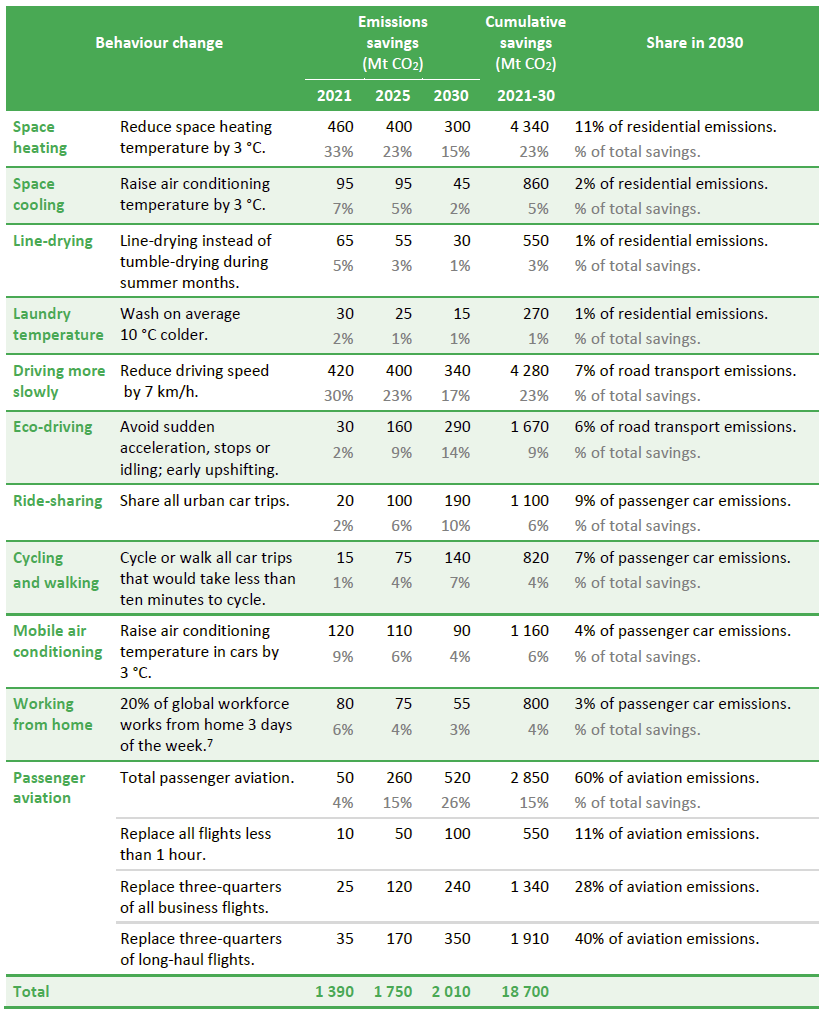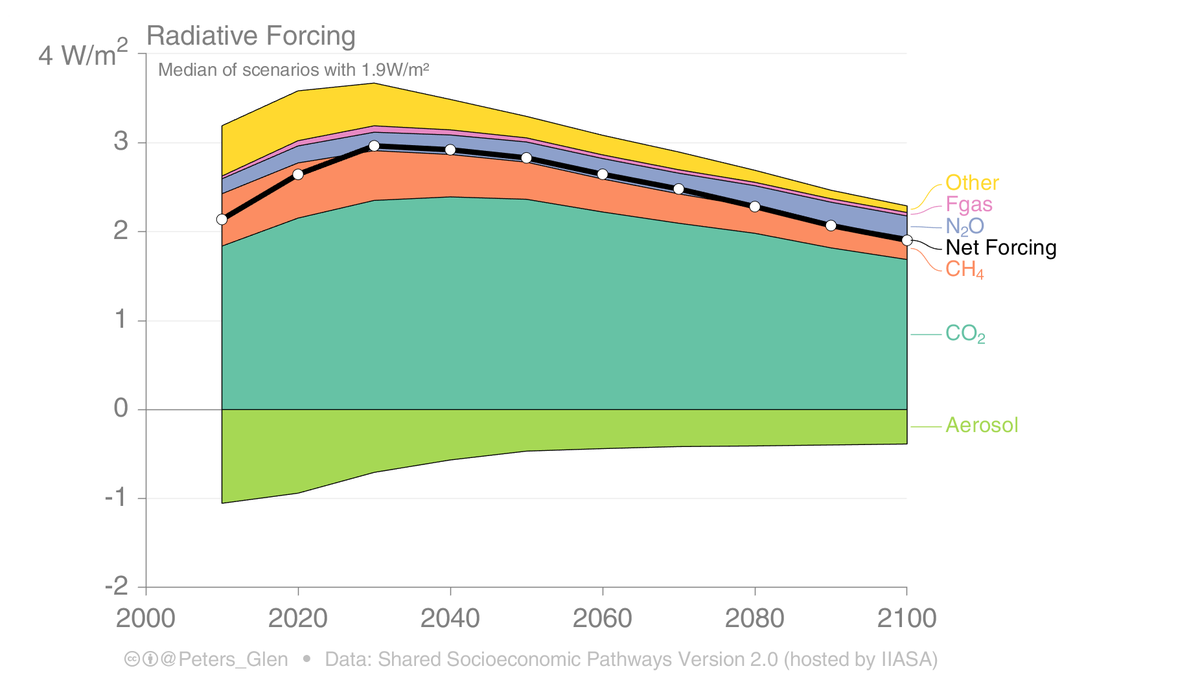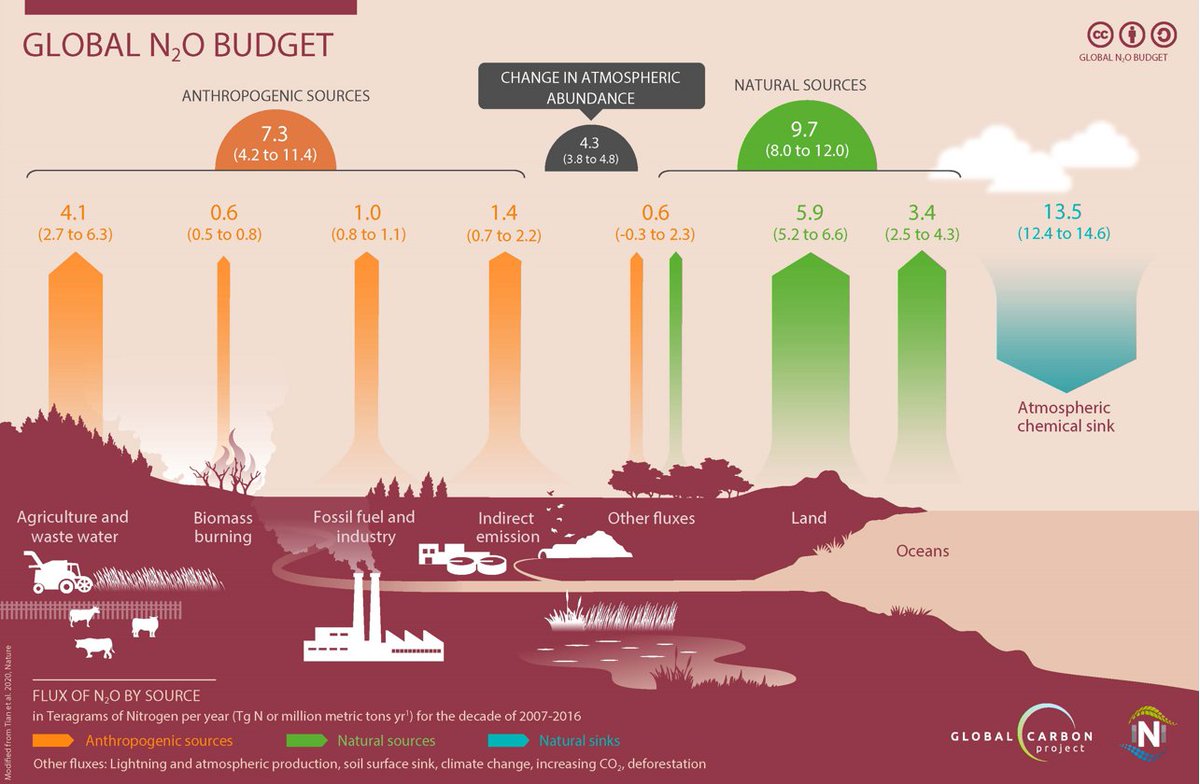
1. We have heard the mantra that net-zero CO₂ is needed to get stable temperatures, but nearly all mitigation scenarios have negative net emissions. Why?
This means that the temperature declines when emissions go negative.
This means that the temperature declines when emissions go negative.
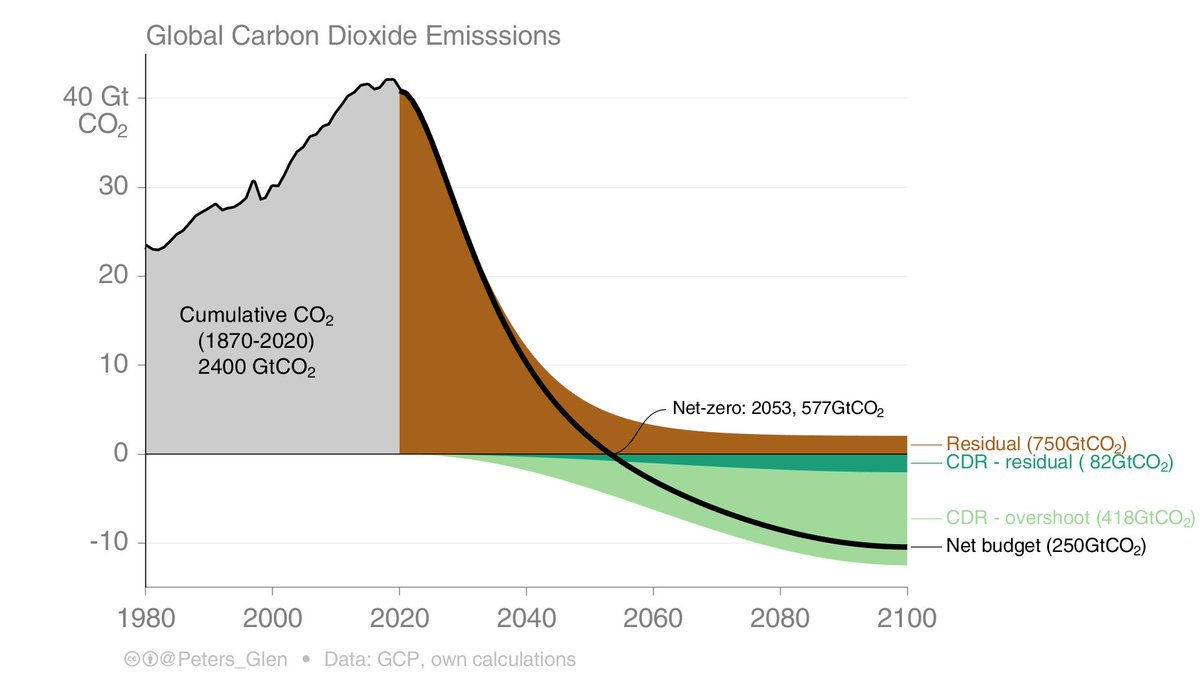
2. In this scenario, by 2100, the large scale negative net emissions shaves of 0.2°C. Carbon dioxide removal (CDR) at scale has many potential non-climate impacts & may be costly.
Would the world generate so much CDR to slowly bring temperatures down by 0.2°C?
Would the world generate so much CDR to slowly bring temperatures down by 0.2°C?

3. It is more likely, in my view, that the world would simply stabilise temperatures.
CDR is still needed to offset hard- or expensive-to-mitigate emissions, but the scale is greatly reduced.
CDR is still needed to offset hard- or expensive-to-mitigate emissions, but the scale is greatly reduced.
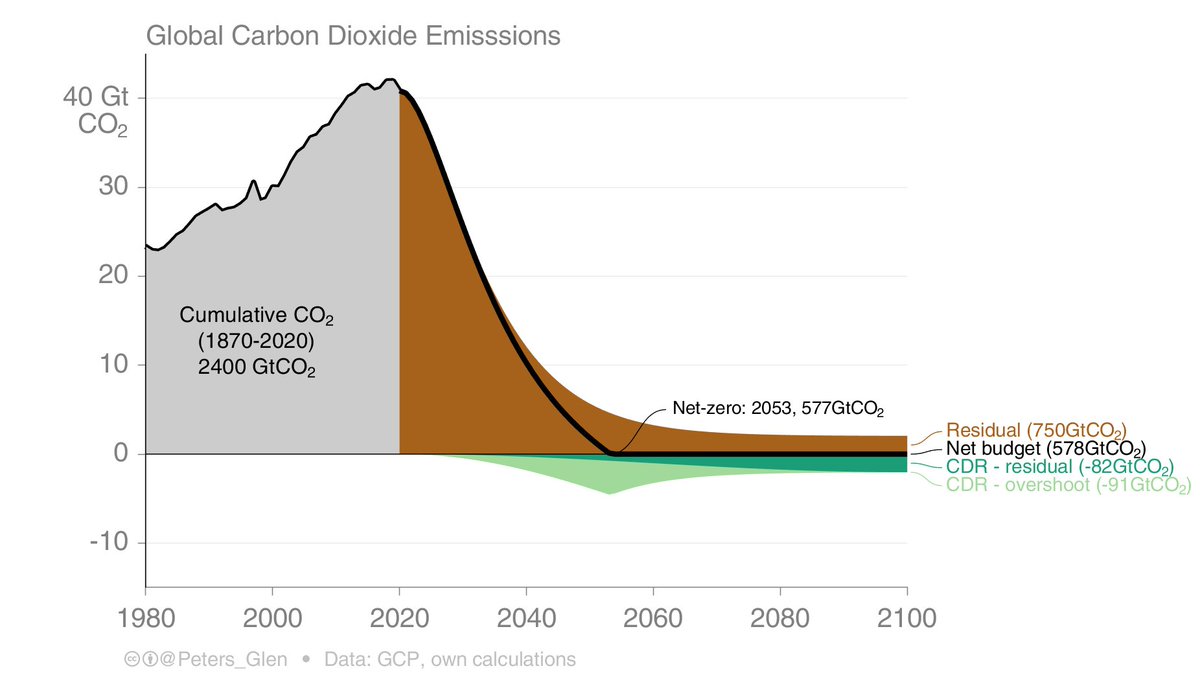
4. With only net-zero emissions (no negative), the temperature increase simply levels out & stays stable (assuming no feedbacks).
The non-CO₂ emissions are from RCP2.6, & don't lead to much change in temperature from the peak in temperature (~2050) to 2100.
The non-CO₂ emissions are from RCP2.6, & don't lead to much change in temperature from the peak in temperature (~2050) to 2100.
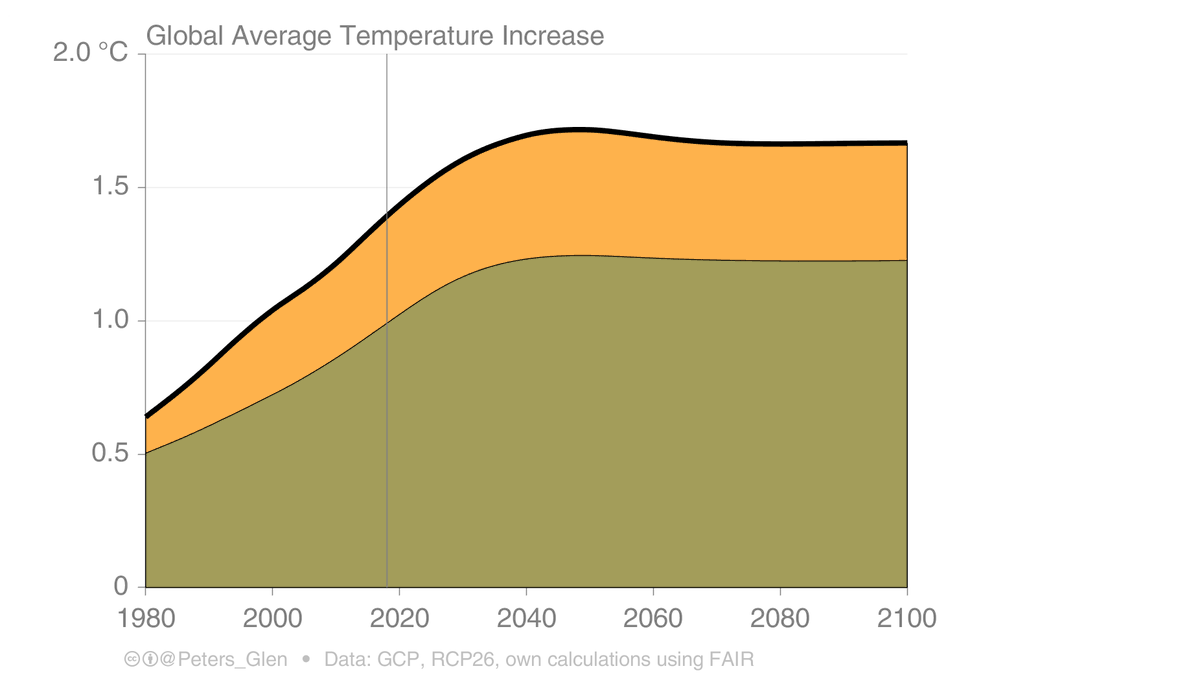
5. There may be a case for negative net emissions, to offset non-CO₂ emissions or feedbacks. In any case, there will always be a question of the scale of CDR required to get negative net emissions.
6/6. Technical: I used non-CO₂ from RCP2.6, while the CO₂ pathway is consistent with 1.5°C. The temperature was calculated with FAIR (thanks @chrisroadmap) from Matlab (thanks @robbie_andrew).
The historic temp is a bit high, likely I removed natural forcings incorrectly...
The historic temp is a bit high, likely I removed natural forcings incorrectly...
Bonus for @chrisroadmap: I did a hack to get T with zero emissions, which I took as "natural", which I subtracted out. I suspect this is wrong. I didn't see an obvious way to exclude volcanic, solar, etc? I guess there is also a default albedo change too?
• • •
Missing some Tweet in this thread? You can try to
force a refresh

